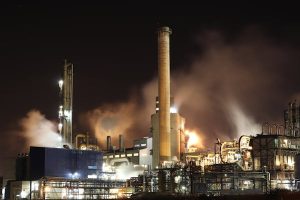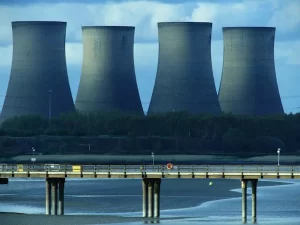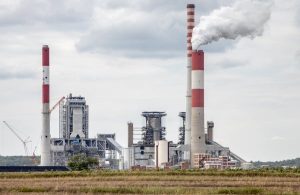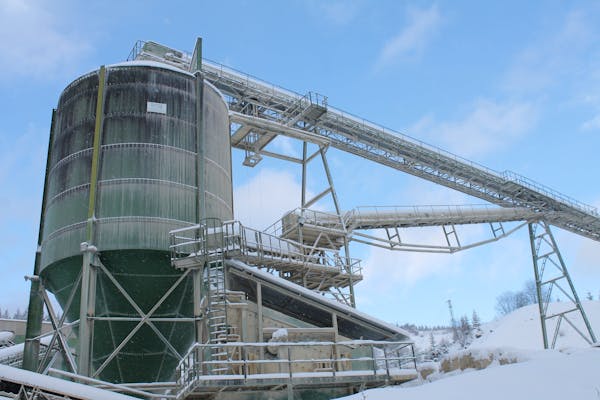5 Excellent Story of Thermal Power Plants in London
Table of Contents
Introduction About the Thermal Power Plants

London, a city steeped in history, thermal power plants in London has seen its energy landscape transform over the centuries. At the heart of this transformation lies the story of thermal power plants, which have played a vital role in powering the metropolis through its various approach. From the industrial revolution’s coal-fueled beginnings to the contemporary era of renewable energy, the journey of thermal power in London is one of adaptation, innovation, and sustainability.
The Main Story of Thermal Power Plants in London
1. The Industrial Revolution and Early Power Plants

The emergence of the industrial revolution in the 18th century marked a pivotal moment in London’s history. With the rise of factories, mills, and urbanization came the need for abundant energy sources. Coal, abundant in the British Isles, became the primary fuel for powering the city’s burgeoning industries. Coal-fired power plants, with their towering smokestacks and billowing plumes of smoke, dotted the city’s skyline, symbolizing progress and prosperity. These early power plants not only fueled industrial growth but also provided electricity for the city’s expanding population, illuminating streets and homes and transforming daily life in London.
2. Pollution Concerns and Regulatory Changes
However, as London’s thermal power plants population and industrial activity grew, so did concerns about pollution and its impact on public health and the environment. The dense smog that blanketed the city, exacerbated by coal-fired power plants, became a notorious feature of London’s skyline. The Great Smog of 1952, a deadly air pollution event, highlighted the urgent need for action.
In response, governments enacted stringent regulations aimed at curbing emissions and improving air quality. London’s thermal power plants underwent significant upgrades and modifications to meet these new environmental standards, with cleaner-burning technologies and pollution control measures becoming the norm.
3. Transition to Cleaner Energy Sources

In recent decades, London has embarked on a transition away from traditional fossil fuels towards cleaner energy sources. Natural gas, with its lower carbon footprint and reduced emissions compared to coal, emerged as a viable alternative. Gas-fired power plants began to replace their coal counterparts, offering a more environmentally friendly solution to meeting the city’s energy needs. These modern facilities boasted higher efficiency rates and lower pollution levels, signaling a step forward in London’s commitment to sustainability.
4. Renewable Energy Initiatives
In parallel with the shift towards cleaner fossil fuels, London has increasingly embraced renewable energy initiatives as part of its quest for a greener future. Solar, wind, and biomass power plants have sprung up across the city, harnessing the abundant energy of the sun, wind, and organic matter to generate electricity.
These renewable energy sources offer a sustainable and environmentally friendly alternative to traditional fossil fuels, helping to reduce greenhouse gas emissions and combat climate change. London’s skyline is now adorned with sleek wind turbines and glistening solar panels, a testament to the city’s dedication to clean energy innovation.
5. The Future of Thermal Power in London
Looking ahead, the future of thermal power plants in London is poised for further transformation. Rapid advancements in technology, coupled with growing environmental awareness, are driving the development of new and innovative energy solutions. Combined cycle gas turbine plants, capable of harnessing waste heat to generate additional electricity, represent one avenue for enhancing the efficiency and sustainability of thermal power generation. Additionally, advancements in carbon capture and storage technology offer the potential to mitigate the environmental impact of fossil fuel combustion by capturing and sequestering CO2 emissions.
What is the famous power plant in London?

One of the most famous thermal power plants in London is Battersea Power Station. and employees’ of 1000 members. Which is located on the south bank of the River Thames, Battersea Power Station is an iconic landmark with its distinctive Art Deco design and four towering chimneys. It was initially constructed in the 1930s and became one of the largest coal-fired power stations in the UK, playing a crucial role in supplying electricity to London for decades.
However, it ceased generating power in the 1980s and has since undergone redevelopment into a mixed-use commercial and residential complex, while still preserving its historic facade and chimneys. Today, Battersea Power Station stands as a symbol of London’s industrial heritage and is a popular tourist attraction.




